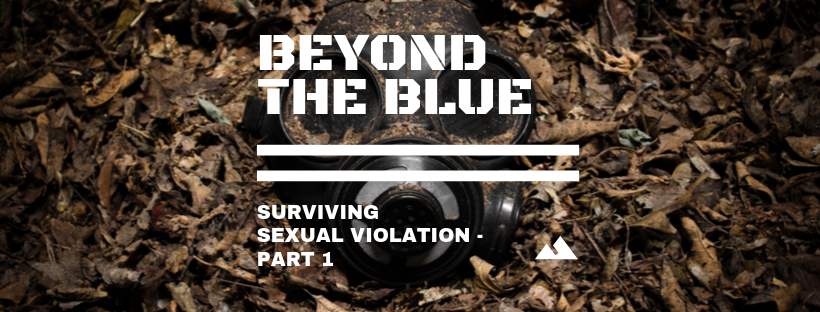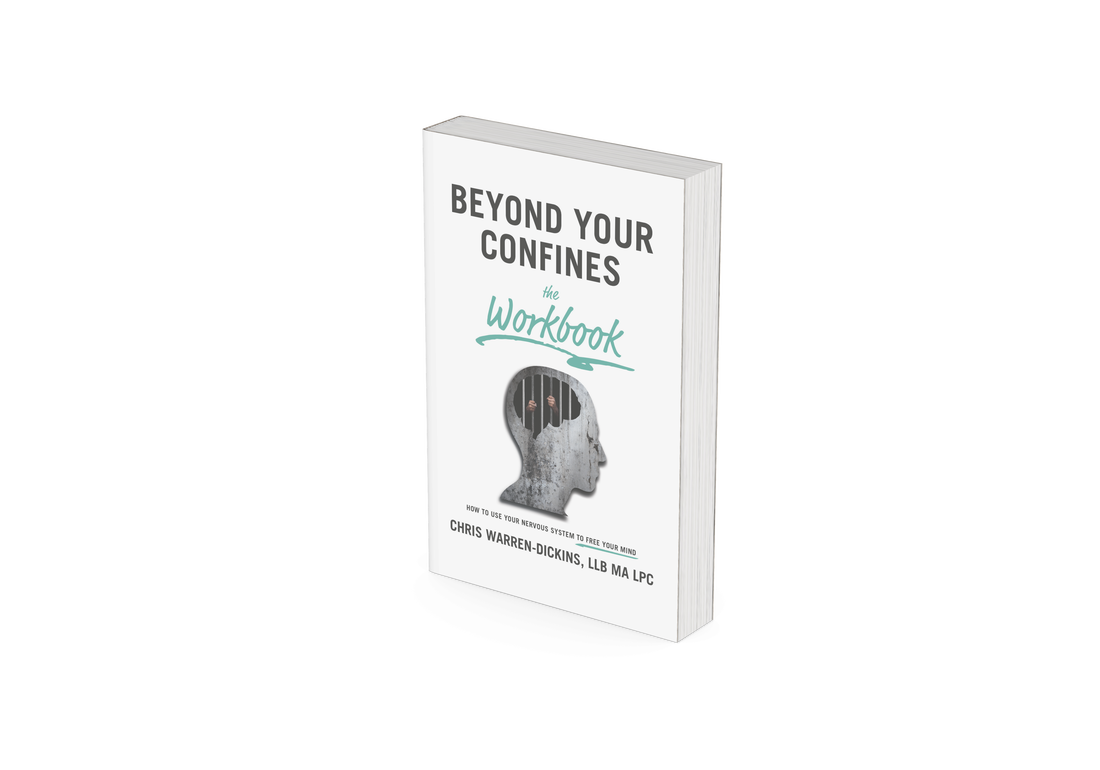Surviving Sexual Violation - Part 18/10/2019 In the dead of night, you hear the cry of a hawk, and your body freezes with fear. Your eyes are wide, your blood is pumping, and your heart is in your throat. Without a moment to think, you are in fight or flight mode, a primal instinct in response to an imaginary attack.
You curse yourself for overreacting. It was just a hawk. But ever since the trauma, that is how your body reacts. And that is how many people react when they are the Survivor of sexual violation. But for many who carry the Male Label (referred to as the Male Labelled), their fears are kept deep inside their heart. For many, talking about it is not an option. At least one in six people who are Male Labelled have been sexually violated (1in6.org), and experts say the number is probably much higher. Here are some of the reasons why –
This last point is a really important one to clarify. Sexual violation is not about sex or sexuality. Sexual violation is an act of violence inflicted by the perpetrator in an attempt to overpower, to control, or to punish the Survivor. Sexual desire, and/or sexual orientation have nothing to do with sexual violation. Symptoms If you have experienced sexual violation, or you know someone who has, one of the most intense resulting symptoms is shame. Shame goes to the core of you, tricking you into the belief that there is something intrinsically wrong with you. This is distinguished from guilt, which is regret for an action you did or did not do. Shame is about you, whereas guilt is about what you do/do not do. Along with shame, you may also experience humiliation, rage, sadness and fear. You may be easily angered or easily upset, and you may have flashbacks, or become emotionally numb. It can help to understand a couple of these symptoms of the trauma of sexual violation- Emotionally numb – The term for this is dissociation. To survive the experience of sexual violation, your brain might have shut down for a moment. It did what it needed to, otherwise the experience might have been overwhelming. The trouble is, the danger has now passed, so you need to reconnect with your emotions, your thoughts, and your body. With the help of a trained professional (such as a psychotherapist), you can learn some grounding exercises, to become aware of your whole self. Hypervigilance, easy to become startled or get angered or upset – If you were sexually violated, your body probably went into fight or flight mode. Your sympathetic nervous system kicked in, sending the blood pumping around your body, and readying your body to fight or flee. The trouble is, you were not able to get away, and so your brain and body are still stuck in that fight or flight mode. Stuck in hypervigilance, you are still ready for attack, long after the danger has gone. Have a look at Part 2 of this article to see what can help in the healing process. The most important thing is to feel a sense of control over the process. After all, at one time, the world became a less safe place, and a sense of control was forcibly taken. It is time to restore that sense of safety and to restore control over your life. So what do you think? Does any of this resonate with you? Get in touch by sending me a message privately via the Contact Page, or add a public comment below, and engage in the debate Chris Warren-Dickins LLB MA LPC Pronouns: (they/them/theirs) Therapist, writer, educator, and LGBTQ+ advocate https://www.chriswarrendickins.com/ #beyondtheblue #beyondthebluebook
0 Comments
Leave a Reply.Chris
|
Address: 143 E Ridgewood Ave, #1484, Ridgewood, NJ 07450









 RSS Feed
RSS Feed